 A study in Frontiers in Neurology shows that virtual reality (VR) could become one of the most powerful tools to treat vertigo safely from home.
A study in Frontiers in Neurology shows that virtual reality (VR) could become one of the most powerful tools to treat vertigo safely from home.
Traditionally, vertigo patients are prescribed vestibular rehabilitation exercises like turning your head quickly or standing on one leg.
These work, but they’re risky to do alone.
Why?
Because they intentionally trigger your symptoms to force your brain to adapt.
VR offers a safer option.
With immersive VR, you can train your brain while sitting or lying down.
That’s where this new research comes in.
Researchers reviewed 12 studies covering 600 patients with vestibular vertigo.
Each study used either immersive VR (with headsets and 3D environments) or non-immersive VR (like simulations on a screen).
They analyzed the data to see which type worked best.
Here’s what they found:
-
1. Both types of VR helped, but immersive VR worked much better.
2. Shorter programs (7 weeks or less) delivered the biggest benefits.
3. Sessions under 30 minutes were more effective than longer ones.
4. Frequency mattered — 5+ sessions per week showed the strongest results.
The winning formula: Immersive VR. Short sessions. Short program duration. High frequency.
But you don’t have to be into high-tech VR to heal your vertigo.

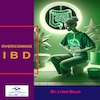 Overcoming IBD
Overcoming IBD Multiple Sclerosis
Multiple Sclerosis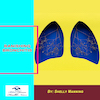 Banishing Bronchitis
Banishing Bronchitis Gum Disease Gone
Gum Disease Gone Overcoming Onychomycosis
Overcoming Onychomycosis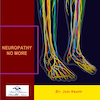 Neuropathy No More
Neuropathy No More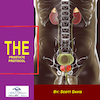 The Prostate Protocol
The Prostate Protocol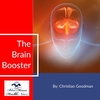 Brain Booster
Brain Booster
 Ironbound
Ironbound
 Solution for Shingles
Solution for Shingles
 The Bone Density Solution
The Bone Density Solution
 The Ultimate Healing Protocol
The Ultimate Healing Protocol
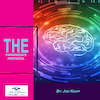 The Parkinson's Protocol
The Parkinson's Protocol
 The Chronic Kidney Disease Solution
The Chronic Kidney Disease Solution
 Overthrowing Anxiety
Overthrowing Anxiety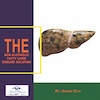 The Fatty Liver Solution
The Fatty Liver Solution The Hypothyroidism Solution
The Hypothyroidism Solution
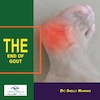 The End of Gout
The End of Gout The Blood Pressure Program
The Blood Pressure Program
 The Oxigized Cholesterol Strategy
The Oxigized Cholesterol Strategy
 Stop Snoring And Sleep Apnea Program
Stop Snoring And Sleep Apnea Program
 The Arthritis Strategy
The Arthritis Strategy The Vertigo & Dizziness Program
The Vertigo & Dizziness Program The 3-Step Diabetes Strategy
The 3-Step Diabetes Strategy Hemorrhoids Healing Protocol
Hemorrhoids Healing Protocol The Erectile Dysfunction Master
The Erectile Dysfunction Master Weight Loss Breeze
Weight Loss Breeze The IBS Program
The IBS Program The Insomnia Program
The Insomnia Program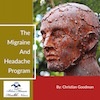 The Migraine and Headache Program
The Migraine and Headache Program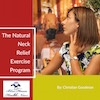 The Neck Pain Solution
The Neck Pain Solution The Menopause Solution
The Menopause Solution The Ejaculation Master
The Ejaculation Master The TMJ Solution
The TMJ Solution The Acid Reflux Solution
The Acid Reflux Solution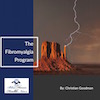 The Fibromyalgia Solution
The Fibromyalgia Solution The Psoriasis Strategy
The Psoriasis Strategy